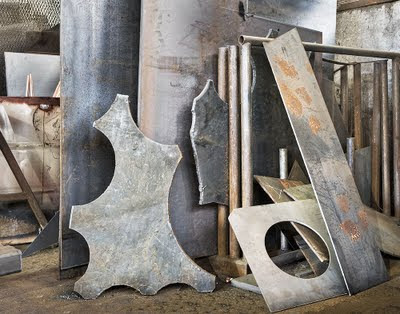Wayne asks for further clarification about depth of field and comments on lenses for APS-C cameras and so on.
Right. Some basic facts.
1) depth of field is proportional to the f stop - an opening half as large doubles the f stop (2 stops) and doubles the depth of field.
2) image magnification is invesely proportional to depth of field - make a print twice as big (in linear dimension) and you have half the depth of field. Start with a smaller sensor and you have to magnify the image more, so less depth of field there too.
3) depth of field is inversely proportional to the SQUARE of the focal length. Double the focal length and you get one quarter the depth of field - ouch.
And believe it or not - that's it, no other factors play a big role in measuring depth of field.
So, in Wayne's example of a 35 mm. lens on a DX sensor Nikon and comparing it to 35 mm. film camera (or a full size sensor camera), you have a sensor 1.5X smaller. The actual focal length is 35 mm., whether designed for a dx camera (APS-C size sensor) or full frame.
Wayne notices that a 35 mm. lens on his film camera seems to have more depth of field than when he has a 35 mm. lens on his Nikon APS-C sensor camera. He's right and here's why.
We have three factors, two of which didn't change - focal length stays 35 mm., and f stop remains, say f 11. All that changes is which camera the lens is on (or which 35 mm. lens you are using, but that's the same thing).
Put the 35 mm. lens on a larger format camera (bigger sensor or bigger film) and you don't have to magnify the image as much to make the same size print - so more depth of field. It has nothing to do with angle of view. It has nothing to do with some magic lens design for DX size cameras. It applies regardless of what 35 mm. lens you use.
Now, if you did want the same angle of view, you'd need to use a wider lens on the small sensor camera, so you would be changing the focal length. Here you would still have the magification issue, but you'd have the square of the change in focal length - essentially 1.5 squared and divided by 1.5 - that is, the lens you'd need for the DX sensor camera, would be (35 divided by 1.5) mm. long - approximately 21 mm. The depth of field would be approximately 1.5 times better with this lens on this camera when compared to the same view, same print size on the full frame camera.
This explains why it is so difficult to get shallow depth of field with a point and shoot camera with a sensor one quarter the diameter of 33 mm. film.
What does twice as much depth of field mean - well a simple way to look at it would be sharpness from infinity to 4 feet instead of infinity to 8 feet, or a range of sharpness of approximately a foot behind and in front of the subject instead of 6 inches.





